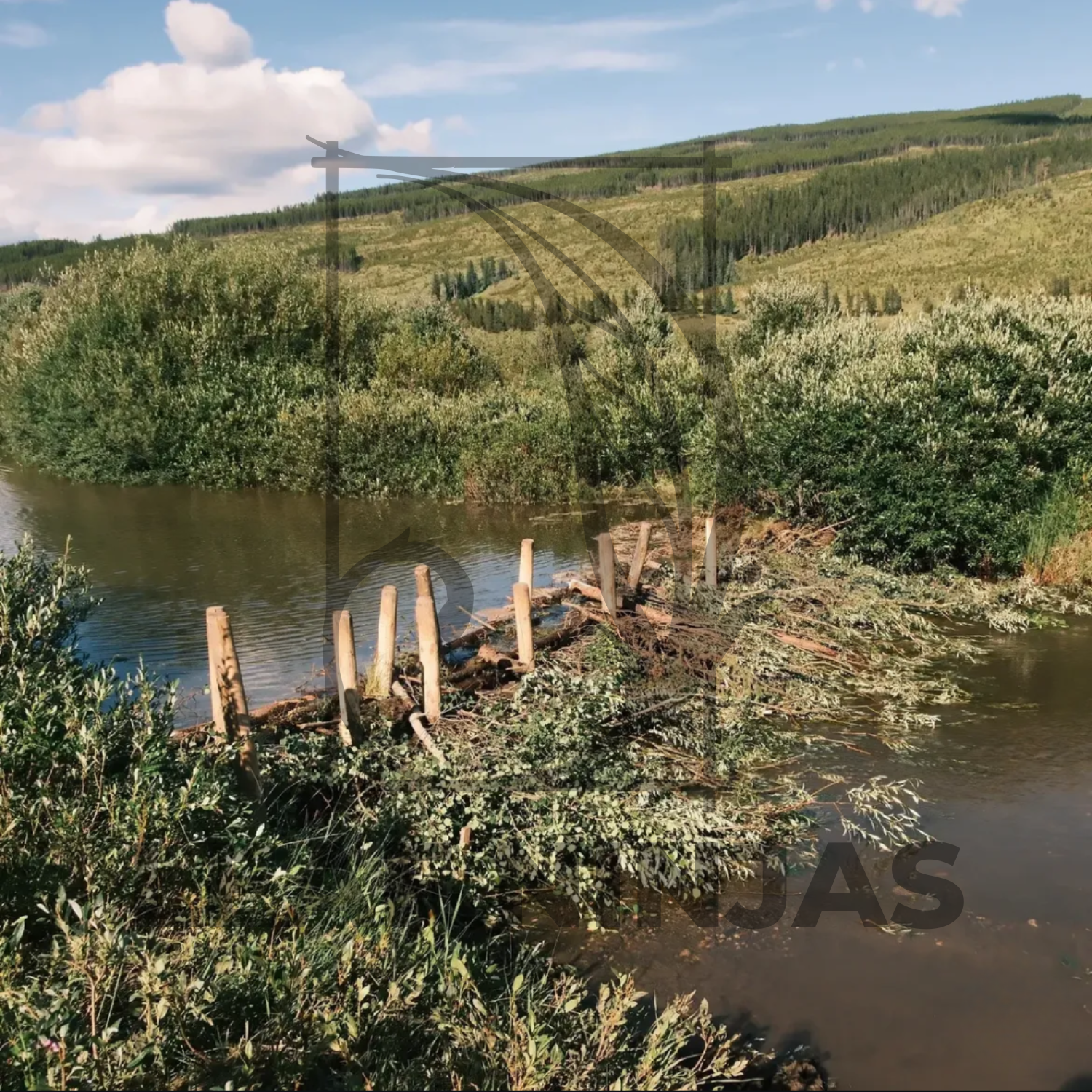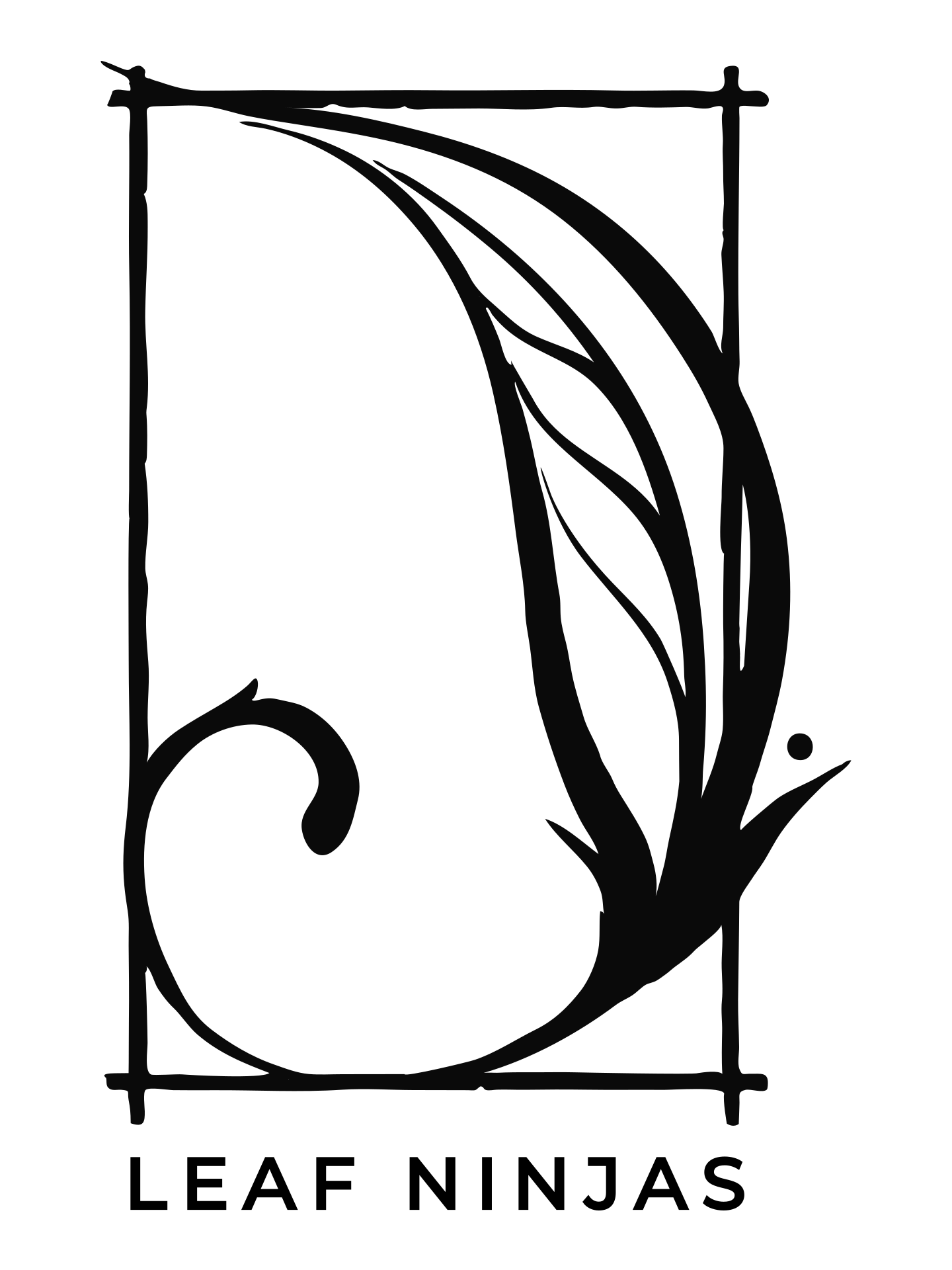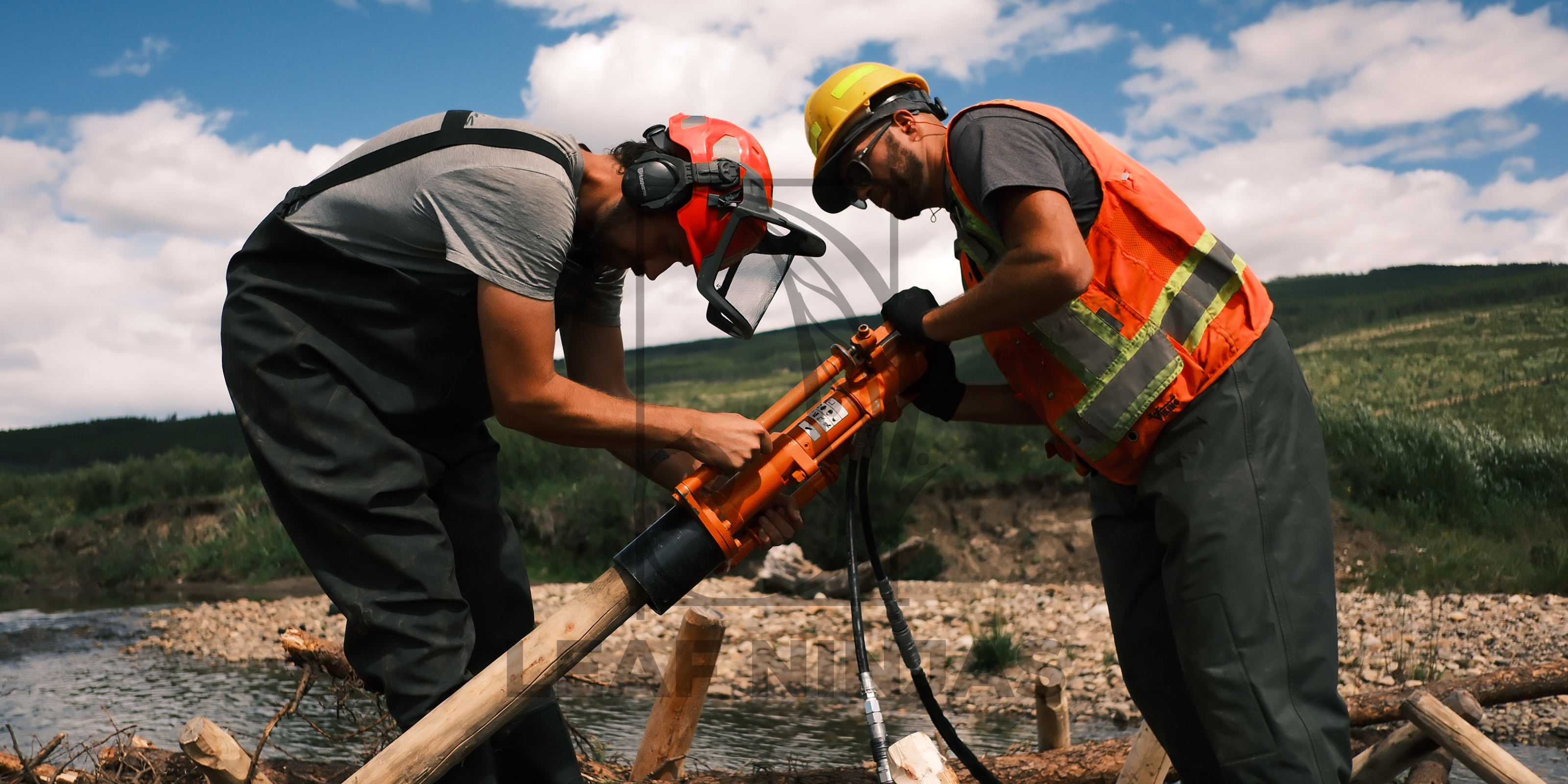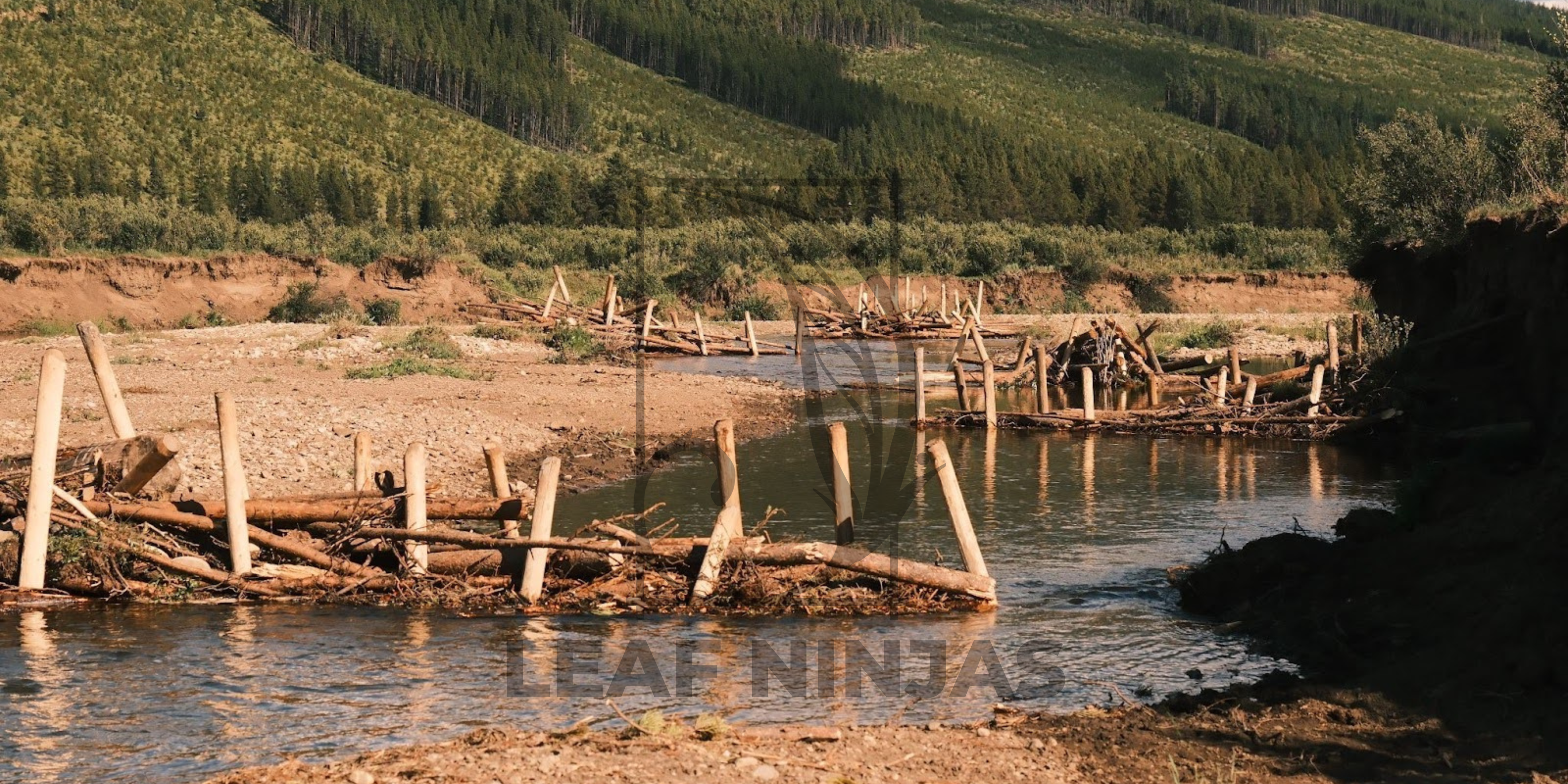Low-Tech Process-Based Restoration
At Leaf Ninjas, we believe in restoring ecosystems the way nature intended — with simple, cost-effective, and ecologically sound methods that empower the land to heal itself. Our Low-Tech Process-Based Restoration (LTPBR) services are designed to reestablish the dynamic processes of rivers, floodplains, and wetlands through the strategic use of low-tech structures that mimic natural forms and functions.
Leaf Ninjas offers a wide range of low-tech process-based restoration solutions for riverscapes, streams and valley bottoms. Our unique understanding and specialized skills and equipment lend themselves perfectly to offering long-lasting, legacy-forming solutions to returning natural processes to the land.
Promoting natural processes whenever possible is a valued approach at Leaf Ninjas. Engineering-based restoration tends to emphasize channel form and stability rather than promoting the processes that create and maintain healthy riverscapes, which leads to increased costs and a limited ability to restore more miles of riverscapes. Process-based restoration focuses on restoring physical processes that lead to healthy riverscapes. Low-cost, simple, hand-built structures have been used for over a century. Restoration principles are needed to guide the use of low-tech structures to address the scope of degradation, which require that practitioners “let the system do the work.” The overarching goal of low-tech restoration is to improve the health of as many miles of riverscapes as possible and to promote and maintain the full range of self-sustaining riverscape processes.

BDA's
At Leaf Ninjas, we specialize in designing and constructing Beaver Dam Analogues (BDA). These are strategic, human-made structures that mimic the natural function of beaver dams. These structures help regulate stream flow and temperature, creating ideal conditions for fish habitats while restoring riparian habitats.
Beaver dams naturally form wetlands, enriching biodiversity, saturating soils and storing water for slow release. However, rapid development and habitat loss are outpacing nature’s ability to maintain these critical habitats. While beavers play a vital role in maintaining healthy watersheds, you don’t have to be a beaver to make a difference.
That’s where we come in. Our team collaborates with conservation groups, local communities and indigenous partners to construct BDA’s in areas where beaver activity is absent or insufficient. These structures support riparian restoration, improve fish and aquatic plant habitat, and even encourage beavers to return and take over maintenance naturally.
BDAs offer a cost-effective, nature based solution to riparian and wetland restoration. Designs are based on local watershed conditions and site-specific needs.

PALS
PALS are woody debris structures installed within the stream channel using hand tools or light equipment. These mimic natural log jams and help create a diverse streambed habitat by forming pools, riffles, and complex hydraulic zones. They also help with stabilizing banks and slowing water velocities, trapping sediment and organic matter, supporting aquatic food webs and providing shelter for fish and invertebrates.
PALS are particularly effective in forested or previously logged watersheds where wood recruitment has been limited. Structures evolve with the system, requiring little maintenance and often enhancing over time.
Our crews utilize portable hydraulic post pounders and grip-hoists to install and secure a variety of in-stream structures either bank-attached or mid-channel.


